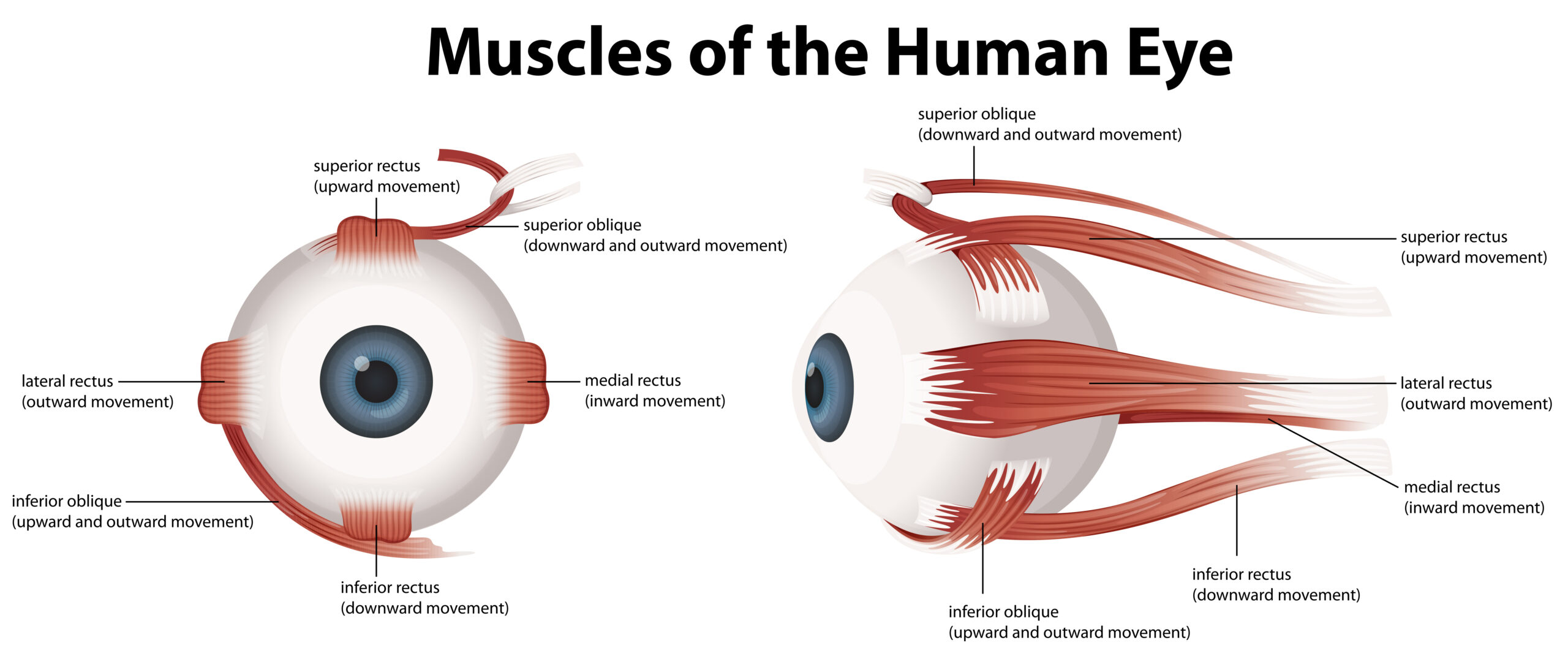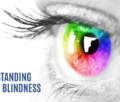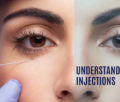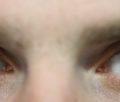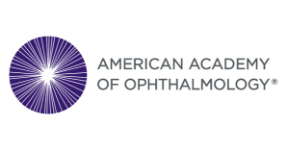Table of Contents
A cataract is a medical condition where the natural crystalline lens of the eye becomes cloudy or opaque. Cataracts are usually occur more commonly with advanced age, however, infants and babies can suffer from it too. Cataracts can occur in one or both eyes of children. A cataract results in blurred or completely blocked vision.
Babies can have congenital cataracts, which means they suffer from cataracts from birth. In such cases, the lens of the eyes doesn’t develop properly and is not crystal clear, usually due to genetic, metabolic or infectious causes. If left untreated, it can lead to permanent blindness. Early detection and proper management are the best possible way of dealing with cataracts in infants and children. Most congenital cataracts are diagnosed by checking of the red eye reflex prior to the newborn leaving hospital.
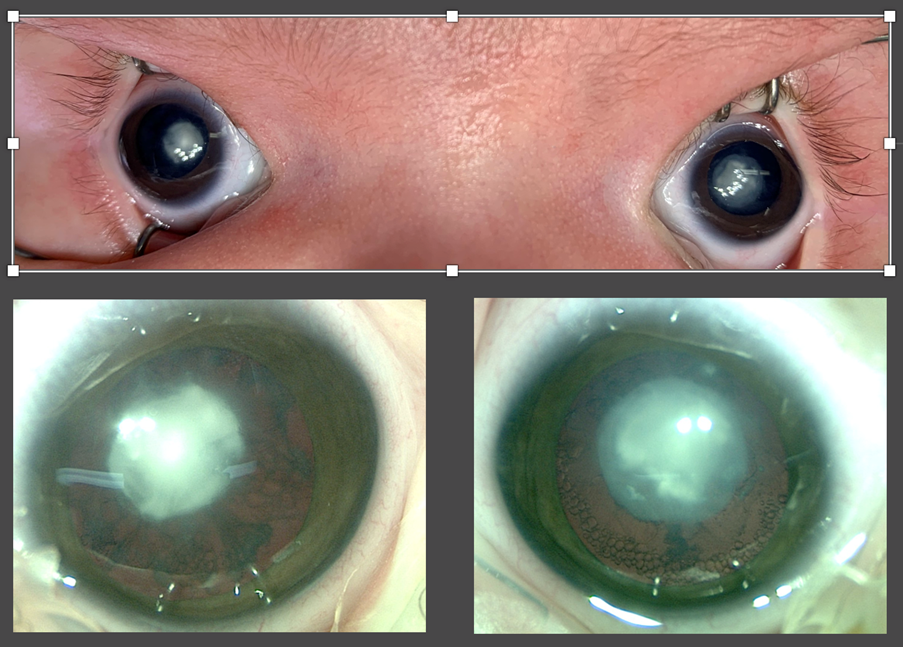
Bilateral congenital cataract in a newborn.
Cataracts in infants and babies can also be developed after birth through an eye injury, diabetes, eye inflammation (uveitis), steroid treatment, and radiation therapy.

A cataract in an infant following knife trauma. The corneal laceration and sutures can be seen.
Cataract surgery is required when the child’s vision is affected by cataract. This surgery removes the cloudy lens from the child’s eyes. Even after surgery, the long-term use of glasses or contact lenses is required. In most cases, the infant or child may experience reduced vision in the long term.
Surgical Treatment
General anaesthesia is administered to the child or infant so that they are unconscious during the operation. Usually, this surgery takes about 1. A paediatric ophthalmologist, who is a medical doctor and surgeon specialising in eye problems in children, usually performs the surgery. The technique is very different to adult cataract surgery, due to the highly elastic and special behaviour of an infant eye.
Babies born with cataracts usually go through this surgery at around two months of age.
After the removal of the lens, the eyes cannot focus. Usually, in the case of infants and young children, external contact lenses or glasses are prescribed so that the eyes can focus on objects. An alternative to the external lens is the intraocular lens (IOL), which is a plastic lens internally inserted into the eye during the cataract surgery after the removal of the cloudy lens.
In contrast to adult cataract surgery, the posterior capsule is carefully opened (posterior capsulotomy) and part of the vitreous gel is removed (core vitrectomy).
The corneal incisions are closed after the surgery using sutures (stitches) that dissolve on their own.
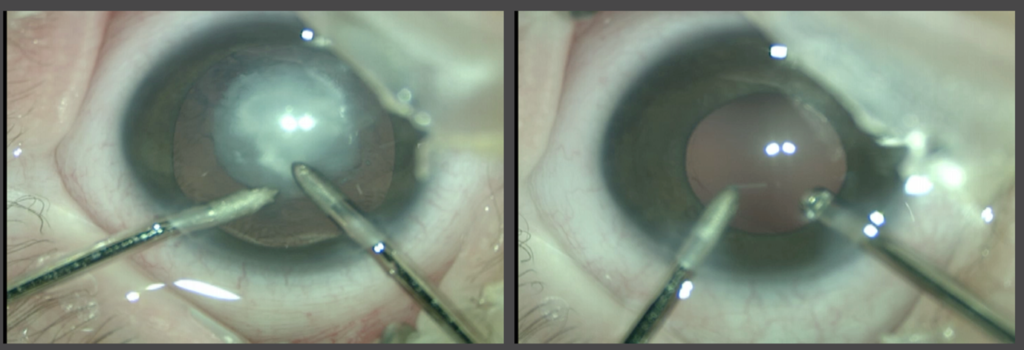
At the start and end of cataract surgery in a six-week old child. Note that the white cataract has been removed, and the red eye reflex is restored. Surgery performed by Dr Parth Shah.
Risks of Surgery
As with any eye surgery there are risks involved with paediatric cataract surgery, including the additional risks of general anaesthesia. Up to half of infants undergoing cataract surgery will develop glaucoma (high pressure), which can occur early or late (even years later). There is also a risk of post-operative scarring and opacity developing across the capsule or vitreous gel. Both of these can affect the child’s vision and may require laser or surgical treatment.
After Surgery
Following cataract surgery infants and children can go home after an overnight stay in hospital. To protect your child’s eye after the surgery, a transparent plastic shield is put over the eyes. Prescription eye drops for reducing inflammation and preventing infection are instilled by the child’s parents every 2 to 4 hours. The doctor will inform you how and when to administer the eye drops.
Further Treatment
Even after the surgery, the vision in the treated eye will be poor and unable to focus. Because of this reason, even after having cataract surgery, most children need to wear glasses or contact lenses. This is true even if an artificial intraocular lens has been inserted into the eyes. This is because the artificial lenses can only focus at one distance, usually set for far distance.
Such glasses or contact lenses are usually fitted as soon as possible. The specialist can also teach you how contact lenses should be replaced and how often.
Regular check-ups are necessary after cataract surgery in infants and children for many years to monitor their vision and focusing, and monitor for side effects including glaucoma. The strength of the contact lens or glasses is adjusted as the child grows and their eye continues to develop with age.
Eye Patch
The use of an eye patch is usually recommended by the ophthalmologist in case of unilateral (one eye) cataracts or in case of bilateral cataracts where one eye is weaker than the other (amblyopia). This patch is worn over the stronger eye. This is done to strengthen the child’s eye that was just operated on. By wearing an eye patch the brain is forced to recognise the weaker eye’s visual signals. The time for which the patch is to be worn is usually decided by the doctor based on how weak the vision is in the poorer seeing eye. Whether or not an eye patch is recommended by the ophthalmologist depends on the kind of cataract and the degree of weakness of vision present in the child’s eye.
Conclusion
Cataracts can significantly affect the future vision of the child, which is why recognition of the cataract is important. The earlier the cataract is found, the better will be their chances of having reasonable eyesight.
Even after the operation is done by a highly trained ophthalmologist, parents and guardians have to be motivated and undertake intensive treatments such as eye drops, eye patches, glasses, and contact lenses to give the eye the best chance of developing good vision.
The use of an eye patch might also be a stressful experience for children, so the support of the parent is essential. The combined efforts of the guardians, ophthalmologists, and optometrists are required for favourable outcomes for cataract surgery in children.
Dr Parth Shah is an ophthalmologist in Canberra with specialised expertise and experience in cataract surgery in both children and adults. His international fellowship training included work at Birmingham Children’s Hospital and UPMC Children’s Hospital of Pittsburgh, where he performed several cataract procedures in infants and young children.


